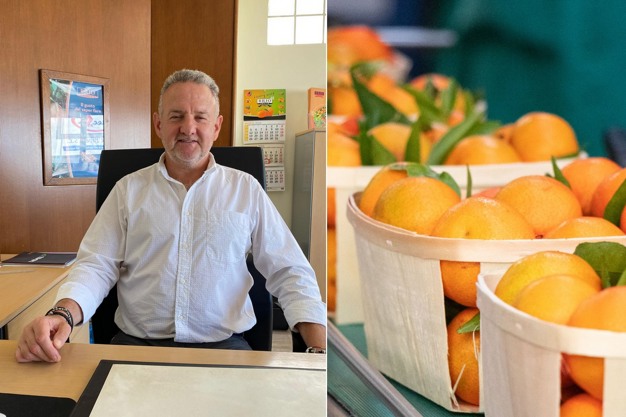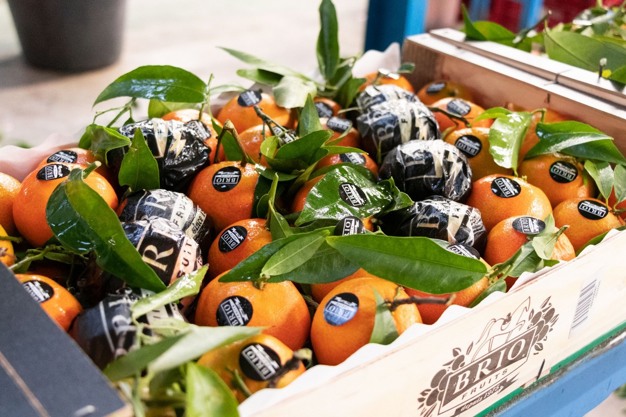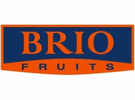The harvest and marketing of Spanish clementines has already started in the Valencian Community, with a smaller volume expected and higher prices compared to the beginning of the previous season.
"This week, we have started harvesting the first Orogros and Clemenrubí clementines, which have a better size and quantity of juice. The nights have already been cooler lately and that has helped the fruit acquire the right color," says Abel Alarcón, Manager of Brio Fruits, based in Real de Gandía, Valencia.

"Next week we will start with the Oronules variety, and later, in November, we will start with the first Navelina oranges and then with the Salustiana in mid-November," he says.
Harvest forecasts from the Regional Council of Agriculture of the Valencian Community point to a 10.8% drop in the volume of clementines and mandarins compared to the 2023/2024 season. The production will also fall 17% below the average of the previous five seasons. This drop is mainly affecting the Clemenules variety, whose production is estimated to have fallen by around 140,058 tons.
"There are smaller quantities of all early clementine varieties, but the most remarkable drop is that of the Clemenules. It remains to be seen how much of an influence the weather will have, because last year we thought there would be less and the season ended up being much longer than expected, overlapping with the harvest of later varieties," says Abel Alarcón.

"For the time being, we will have to compete with the batches of late fruit from the Southern Hemisphere, which are smaller than usual. Some markets, such as Germany or the Netherlands, prefer to continue marketing fruits from overseas because of their larger size, while in France or Italy they accept both fruit from the Southern Hemisphere and from Spain, as they are less demanding when it comes to sizes," says the Manager of Brio Fruits.
"We have been selling Orri from South Africa for a few weeks now, but only now are we seeing the demand for citrus really starting to pick up. Prices at source have been higher for the early clementine varieties, as well as for oranges. It remains to be seen how the demand at destination will respond, so we can see if the fruit's higher cost can be passed on to the final price. For now, the lower supply pressure from overseas and the smaller harvest lead us to expect a good season up to December," says Abel Alarcón.
Brio Fruit will once again be exhibiting at Fruit Attraction. You can visit them in Ifema Madrid at stand 3E19C, Hall P03, from October 8 to 10.
 For more information:
For more information:
Abel Alarcón
Agrios Selectos S.L. (Brio Fruits)
Avinguda de Xàtiva, 38
46727 El Real de Gandia, Valencia.
Tel.: +34 962 868 000
[email protected]
www.brio.es
